Tucked into the far eastern end of Weligama Bay, the picture-perfect swathe of sand at the village of Mirissa was formerly the island’s most famously “undiscovered” beach. The days when you could expect to have the place almost to yourself are long gone, but although the village now attracts a steady stream of visitors, its beach remains one of the prettiest in the island, with a narrow strip of sand backed by dense palm trees which manage to camouflage all signs of human presence. Mirissa has slowly become an exclusive tourist hotspot and moves made recently by the local hoteliers to only welcome tourists to their hotels has been met in a hostile way and in turn haltered. Most of these small hotels and guest houses are concentrated in a much smaller area than Weligama which makes Mirissa’s a bit more livelier, hence the popularity. There’s reasonable swimming, though conditions vary connsiderably along different parts of the beach, so it’s recommended you get advice about where’s safe to swim before venturing into the water. You can also snorkel here, though you won’t see much apart from the occasional pretty fish.
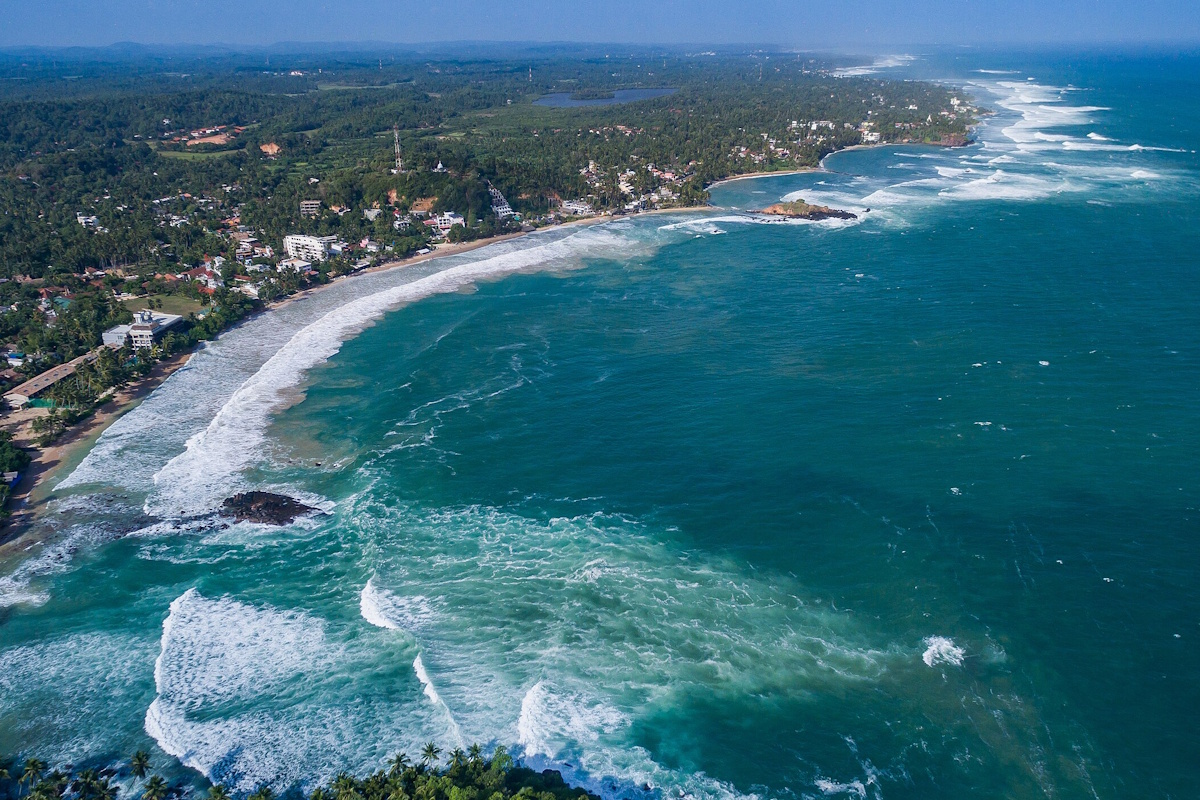
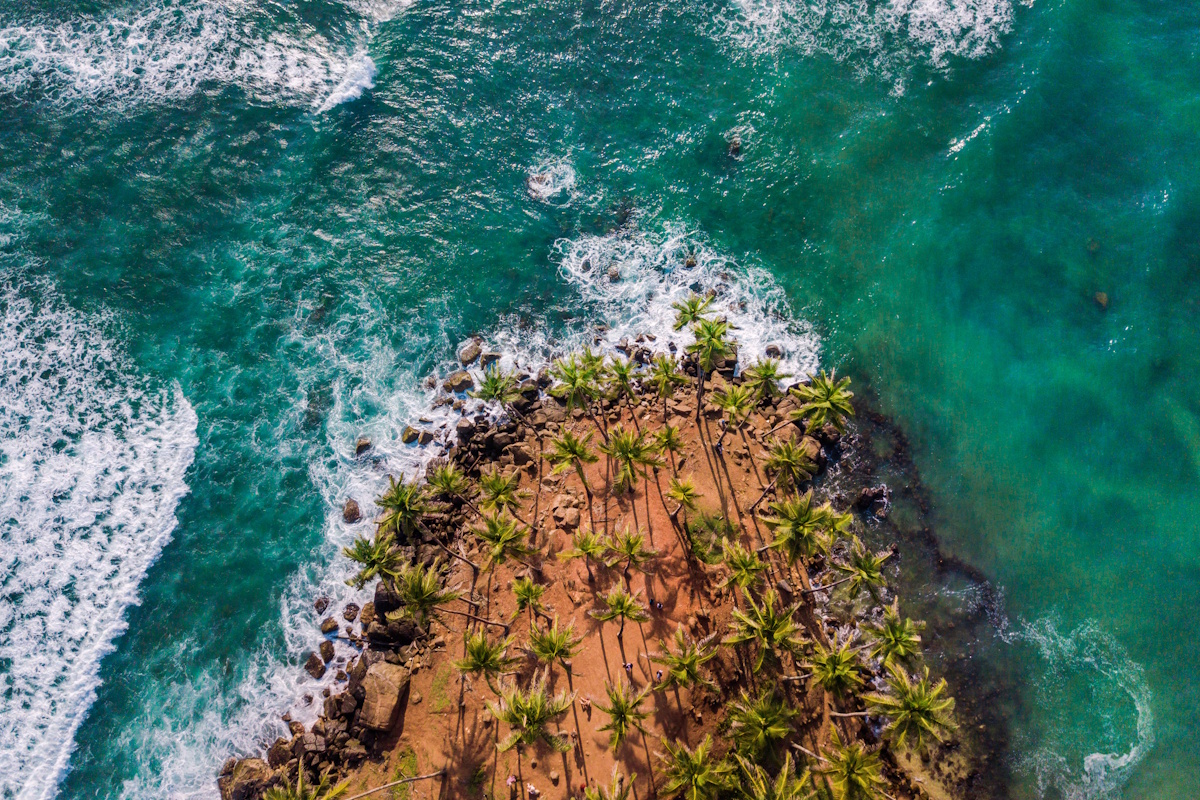
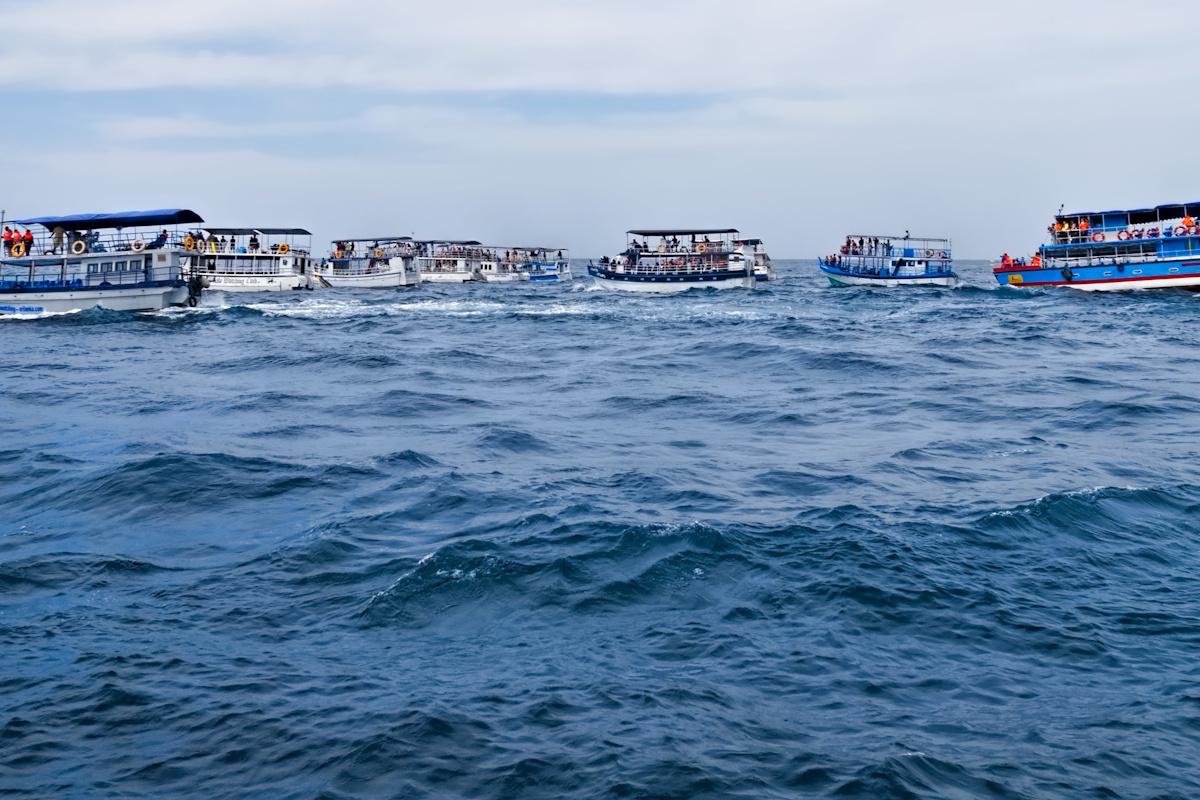
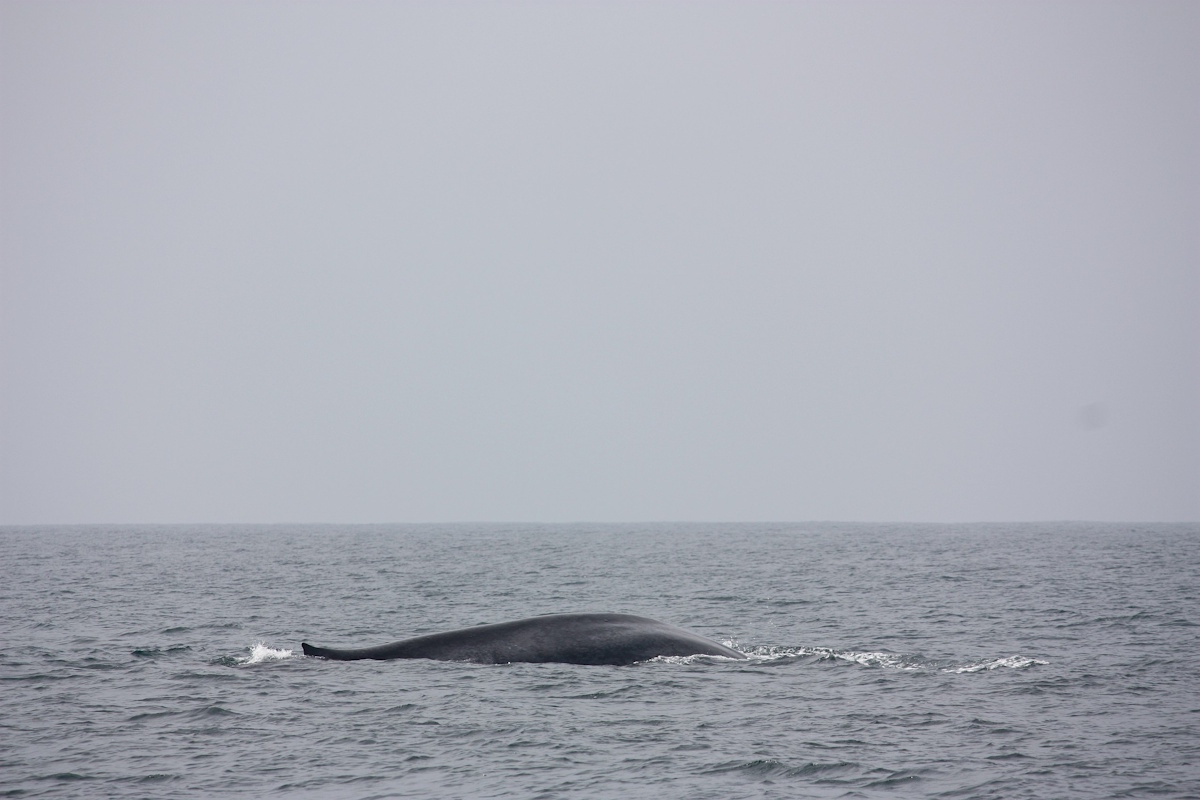
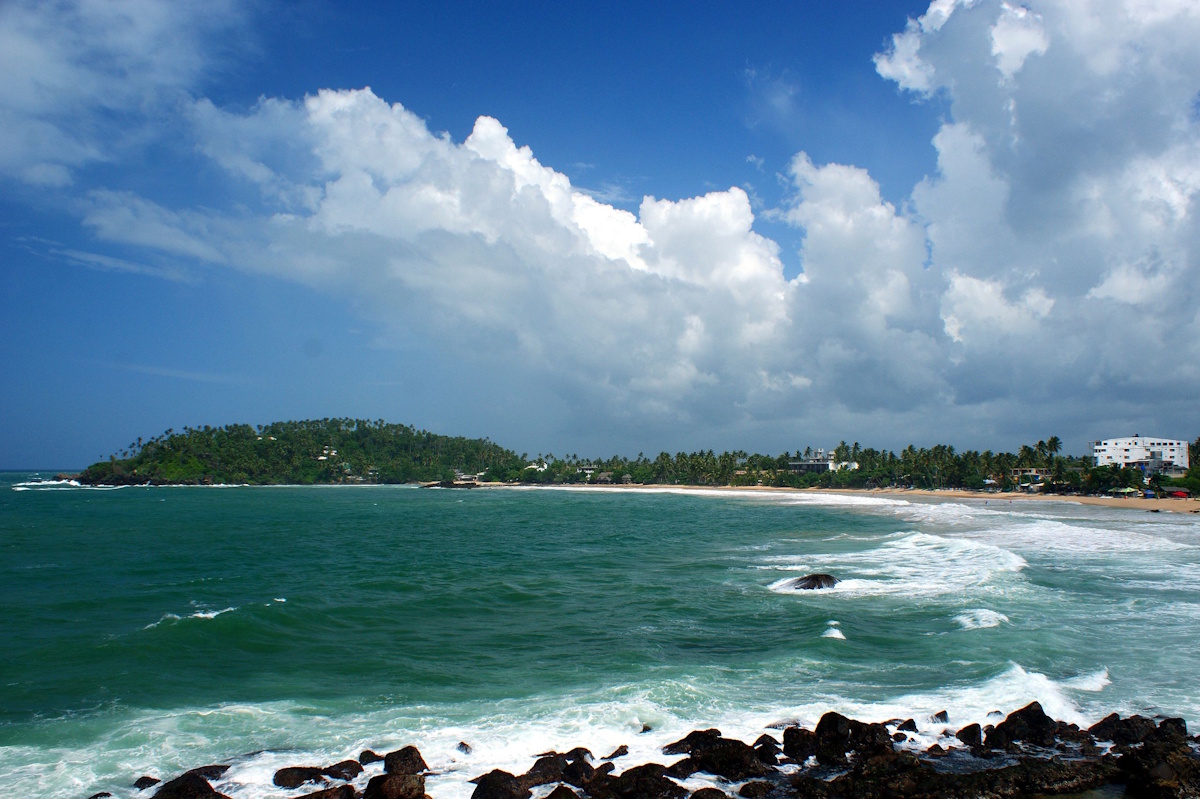
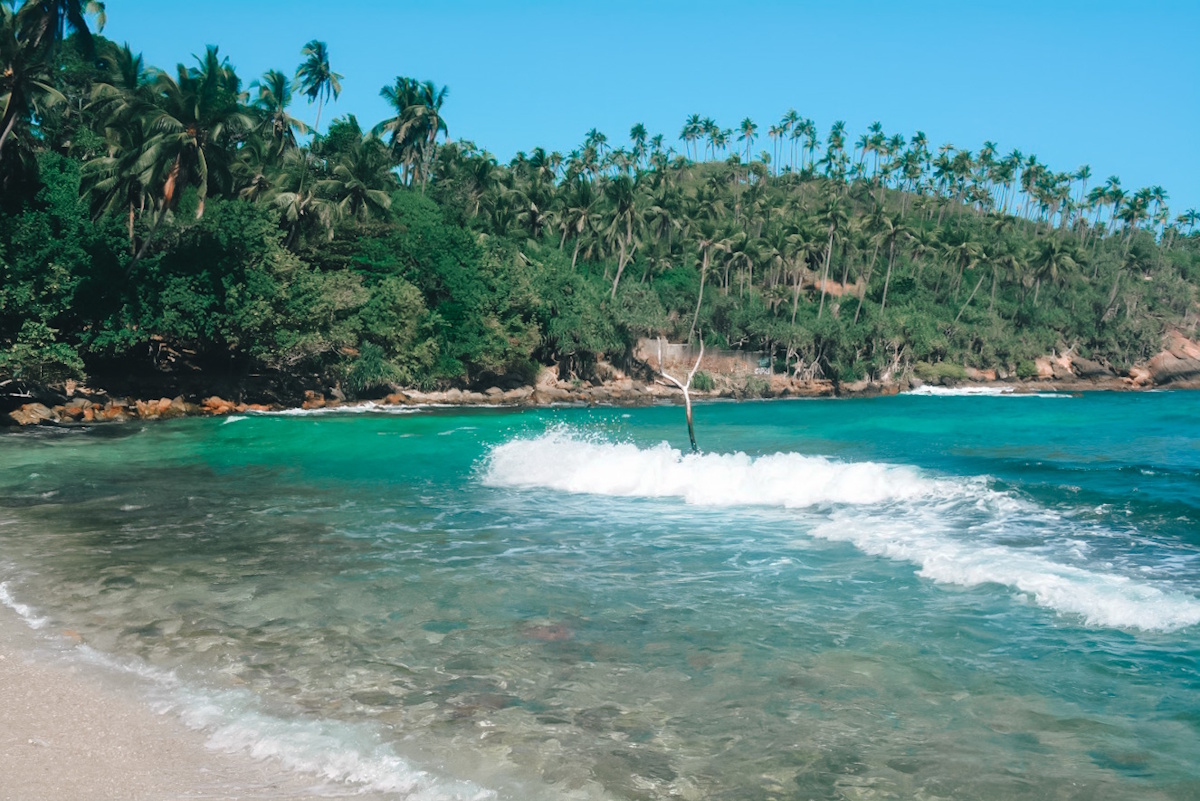
Mirissa, a small coastal town on Sri Lanka’s southern tip, has long been a fishing village nestled between lush palm groves and the turquoise sea.
Pre-Colonial Era: Historically, Mirissa was known for its cinnamon plantations and trade routes via the sea. Local communities depended primarily on subsistence fishing and small-scale agriculture.
Colonial Influence: Under Portuguese and Dutch influence, nearby forts and plantations shaped the region, though Mirissa remained relatively untouched, preserving its authentic village charm.
Post-Independence: For decades, Mirissa was a sleepy beach town, but that began to change in the early 2000s as travelers discovered its stunning bay and relaxed atmosphere.
Perfect Beach Curve: Mirissa’s crescent-shaped beach is ideal for swimming and lounging, which quickly gained attention through word-of-mouth and travel blogs.
Whale Watching Capital: As the best place in Sri Lanka for whale watching, Mirissa gained global fame. Sightings of blue whales, sperm whales, and dolphins are frequent from November to April.
Instagram Fame: The iconic Coconut Tree Hill became a social media magnet, drawing influencers and travelers for its surreal palm-tree-dotted cliffside views.
Access and Amenities: Its location along the Southern Expressway and proximity to Galle and Weligama made it a convenient and appealing stop on coastal travel itineraries.
Today, Mirissa is one of the most vibrant coastal destinations in Sri Lanka.
It has transformed into a tourism hotspot, especially known for beach bars, whale watching, and surf-friendly waves.
The town has struck a balance between lively beach nightlife and natural tranquility — appealing to both partygoers and those seeking quiet getaways.
Despite development, much of its tropical beauty and local friendliness remain preserved.
Geography: Mirissa lies between Matara and Weligama, offering hilly backdrops and stunning beaches. The coastline features soft sand, rock formations, and clear waters.
Climate: Enjoys a tropical climate with warm temperatures year-round (27–31°C), with the dry season spanning November to April, which aligns perfectly with peak travel months.
Mirissa Beach – A calm and scenic beach perfect for swimming, sunbathing, and beachside dining.
Coconut Tree Hill – A small headland covered in palms offering a picturesque sunset view.
Whale and Dolphin Watching Tours – Set off at dawn to spot majestic marine life in the deep seas.
Secret Beach – A hidden gem accessed through a jungle path, offering seclusion and beauty.
Parrot Rock Bridge – A short climb from the shore for panoramic views of the beach.
Snorkeling & Diving – Rich underwater life including turtles and colorful reefs.
Beach Cafés and Nightlife – Lively spots with fire shows, fresh seafood, and tropical cocktails.
Yoga and Wellness – Daily beach yoga classes and Ayurvedic massage centers.
Fisherman’s Bay – Great for spotting traditional stilt fishing and enjoying authentic local life.
Nearby Day Trips – Easily access Galle Fort, Weligama Bay, and Unawatuna.
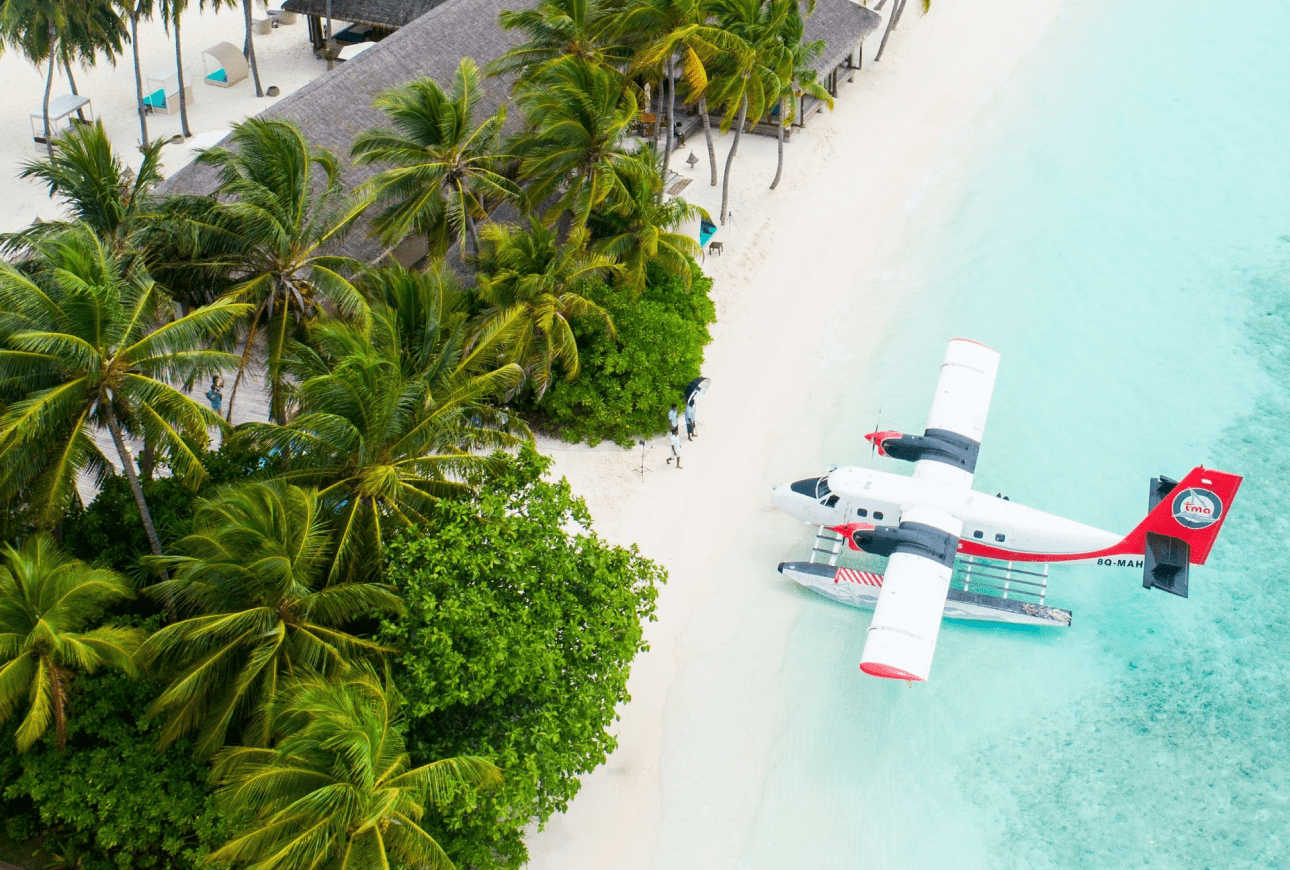
Subscribe to see secret deals prices drop the moment you sign up!